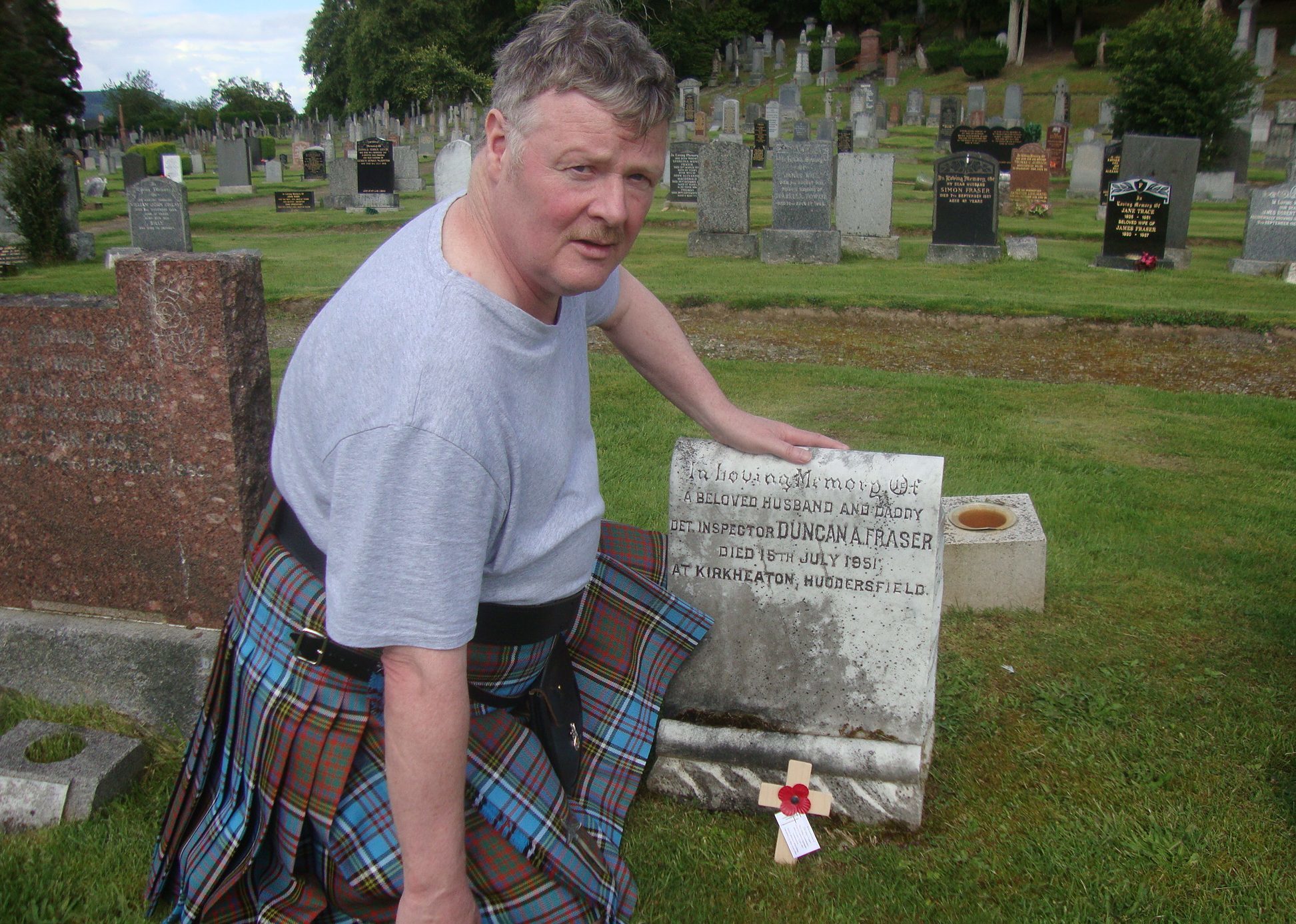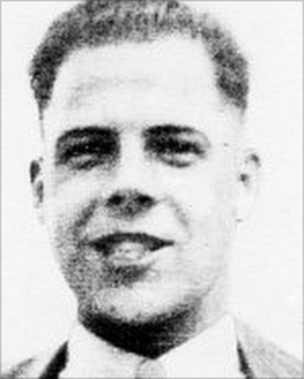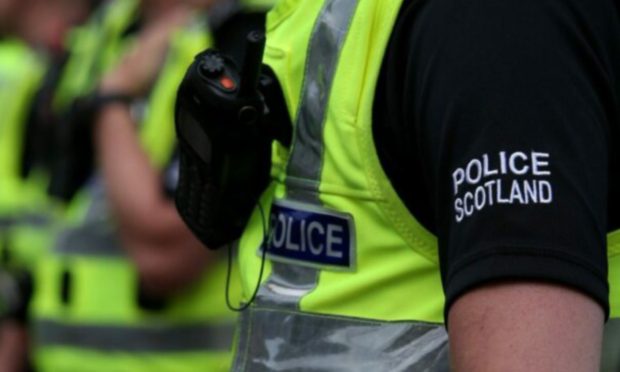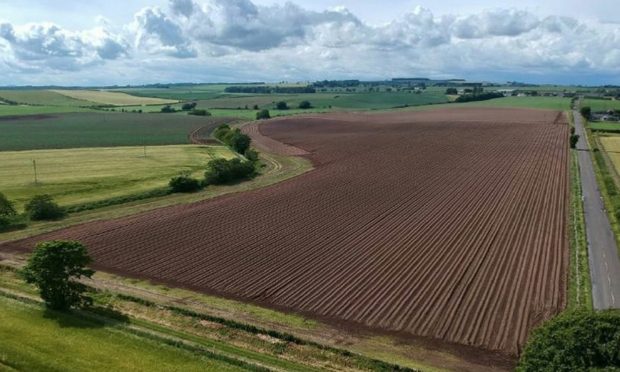A former police officer from Angus has turned sleuth again to reinvestigate the conviction of a man hanged for a double murder in the 1950s.
Patrick Anderson from Letham has just returned from Huddersfield where he was researching the grisly murders of Detective Inspector Duncan Fraser and PC Gordon Jagger.
Mr Anderson joined the former West Riding Constabulary in 1966 and worked in Lanarkshire and West Yorkshire before retiring from the Force in 1999.
He has always been fascinated by the case and went back to Yorkshire and up to Inverness – where Det Insp Fraser is buried – to conduct a thorough review of the evidence.
Mr Anderson also spoke to retired detective Steve Lawson and retired judge Patrick Robertsha who have both been involved in a campaign to clear the name of the man who was hanged.
Alfred Moore went to the gallows for the murders of Det Insp Duncan Fraser and PC Gordon Jagger outside his farm on Cockley Hill Lane, Kirkheaton, in 1951.
Moore, who burgled several properties to supplement his income as a chicken farmer, had become an embarrassment to Huddersfield Borough Police and 10 police officers, all in civilian clothes, put his farmhouse under surveillance at 11.45pm, in a bid to bring him to justice.
All was quiet until about 2am the following morning when voices were heard followed by five gunshots.
Det Insp Fraser, 46, from Inverness, died at the scene and PC Jagger, 42, from Penistone, was rushed to Huddersfield Royal Infirmary where he later died.
Mr Anderson believes Moore should be given a posthumous pardon.
He said: “I think there was a terrible injustice.
“There is a lack of uncorroborated and weak evidence throughout the case.
“Alfred Moore wrote a letter home before he went to the gallows still protesting his innocence.
“One of Moore’s solicitors was unhappy with the verdict which haunted him for the rest of his life.”
One theory is that the killer fled, leaving Moore to take the blame.
The killer shot PC Jagger and Det Insp Fraser at close quarters – but no blood was found on Moore’s clothes.
As he lay dying in his hospital bed, PC Jagger picked out Moore from a nine-man identity parade.
This evidence was crucial in securing the conviction of Moore, who was hanged at Armley Prison in Leeds in 1952.
The daughters of the Huddersfield man believe he was framed as the police had been unable to pin the burglaries on him.
Mr Anderson became interested in the case after reading about a plan for a memorial in a police magazine.
He said: “There was no forensic evidence to link Moore to the case and even in 1951 there should have been blood samples and even some ballistics.
“PC Jagger only saw the man in the darkness for seconds and he had a lot of medication prior to the identity parade.”
The Criminal Cases Review Commission (CCRC) said it has been unable to identify new evidence that is capable of raising a real possibility that the Court of Appeal would quash the conviction.











